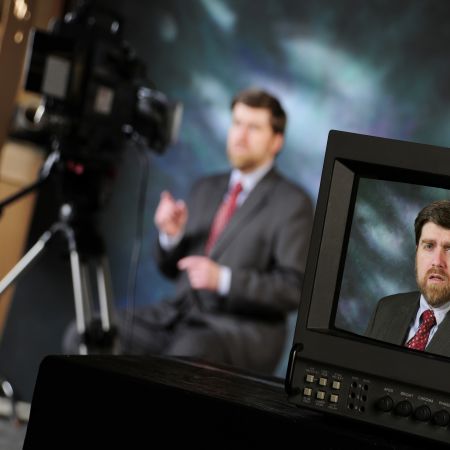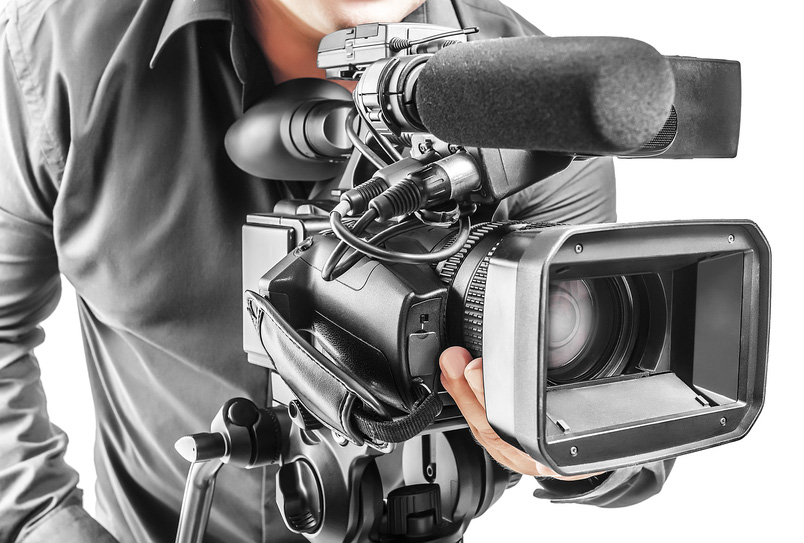Top Advantages of Professional Legal Videography for Court Cases
Top Advantages of Professional Legal Videography for Court Cases
Blog Article
Exploring the Devices of Legal Videography: Unveiling Its Procedure in Shielding Genuine Visual Testimony for Judicial Proceedings
In the realm of judicial procedures, the role of lawful videography stands as a foundation in preserving and providing visual proof. As technology proceeds to advance, the devices behind legal videography have come to be progressively elaborate, supplying a vital layer of authenticity to statements captured on video.
Historic Evolution of Lawful Videography
Examining the historical development of lawful videography exposes a significant makeover in the capturing and discussion of aesthetic evidence within the lawful landscape. In the past, legal proceedings heavily depended on created pictures and transcripts to document events and supply proof. With the advent of video innovation, the legal market experienced a standard change in exactly how aesthetic statement was recorded and offered.
The advancement of lawful videography can be mapped back to the late 20th century when advancements in video recording tools made it more available for use in courts. This technical improvement not just improved the accuracy and reliability of visual evidence but also revolutionized the way cases were presented to juries and judges (Legal Videography). Attorneys started to identify the convincing power of video recordings in conveying emotions, subtleties, and non-verbal signs that composed transcripts or photographs alone might not catch efficiently

Innovation Developments in Video Paperwork
What essential technological advancements have revolutionized video clip documents in the lawful field? The legal area has actually seen considerable developments in video documents modern technology that have actually improved the authenticity and reliability of aesthetic proof in judicial procedures. One of the key developments is high-definition (HD) video recording capacities, which provide crystal-clear pictures and sharp information that are important for properly catching testaments, face expressions, and various other aesthetic cues. In addition, the combination of timestamping and metadata features in video clip paperwork devices has enabled specific paperwork of when and where the video was videotaped, making sure the stability of the proof presented in court.
Additionally, advancements in video security and watermarking technologies have actually strengthened the safety and security and tamper-proof nature of video clip evidence, protecting it versus unapproved alterations or meddling. The development of cloud storage space remedies and remote accessibility capabilities has streamlined the storage, access, and sharing of video clip proof, promoting smooth cooperation among legal professionals and making sure reliable accessibility to critical aesthetic statements when required. These technical developments in video clip documentation have most certainly reinvented the lawful area, boosting the precision, reliability, and admissibility of visual evidence in judicial process.
Duty of Legal Videographers in Court Setups
The evolution of video documents modern technology in the legal area has required a vital duty for lawful videographers in courtroom settings, making sure the integrity and reliability of aesthetic testaments provided during judicial procedures. Lawful videographers play a basic function in recording and preserving exact visual proof that can be essential in litigation. Their duty includes setting up devices, videotaping process, and producing top quality video clips that precisely show the occasions in the court.
In court settings, lawful videographers should comply with stringent standards and criteria to maintain the authenticity of the visual record. They should possess an eager eye for information and a complete understanding of legal treatments to make certain that the video footage they catch is a true representation of the events that took place. Furthermore, legal videographers usually work very closely with lawful teams to guarantee that the video evidence lines up with the instance's demands and can be properly offered in court to sustain the legal debates being made. On the whole, the duty of legal videographers in courtroom settings is crucial in promoting the his response principles of justice and making certain the openness of legal procedures.
Ensuring Admissibility and Integrity of Video Clip Evidence
To preserve the integrity of visual evidence presented in legal proceedings, making sure the admissibility and stability of video proof is an essential duty for legal videographers. Admissibility describes the acceptance of evidence by the court, and for video clip evidence to be permissible, it must satisfy certain requirements. Legal videographers play a crucial function in making sure that the videos they capture abide by the policies of proof, such as relevance, authenticity, and dependability.
Integrity of video evidence involves preserving the creativity and accuracy of the video footage from the moment it is tape-recorded up until it exists in court. This includes firmly keeping the video data, recording the chain of wardship, and avoiding any meddling or modifications. Lawful videographers need to comply with rigorous procedures to ensure the honesty of the video clip evidence and prevent any difficulties to its authenticity.
Future Trends in Legal Videography
Offered the boosting reliance on technology in lawful procedures, lawful videographers are poised to embrace cutting-edge improvements forming the future of visual statement capture and discussion. Among the noticeable patterns on the horizon is the integration of digital fact (VR) and augmented fact (AR) websites technologies right into legal videography. These innovations have the potential to change how aesthetic evidence is offered in courts, permitting discretionary to submerse themselves in Our site the scene of the crime or case.
Furthermore, the usage of expert system (AI) formulas for video clip evaluation is expected to enhance the process of examining and evaluating huge amounts of video clip footage. AI can assist in determining key minutes, anomalies, and patterns within video clips, enhancing the performance of legal investigations.

Conclusion
Finally, legal videography has actually played a crucial duty in supplying authentic visual proof for judicial proceedings. Via technological improvements and the expertise of legal videographers, the stability and admissibility of video proof are ensured in court settings. As legal videography remains to develop, it will certainly be essential to support standards that maintain the precision and dependability of aesthetic statement for the future of lawful proceedings.
Checking out the historic development of lawful videography reveals a considerable makeover in the capturing and presentation of aesthetic evidence within the legal landscape.The advancement of video clip documentation innovation in the lawful field has required a crucial role for lawful videographers in court setups, making certain the integrity and reliability of visual testaments presented during judicial proceedings. Furthermore, legal videographers usually work closely with legal teams to guarantee that the video proof straightens with the instance's needs and can be properly offered in court to sustain the legal arguments being made.To maintain the trustworthiness of visual evidence presented in lawful proceedings, ensuring the admissibility and honesty of video proof is a vital responsibility for legal videographers. As lawful videography proceeds to advance, it will certainly be crucial to support criteria that preserve the accuracy and reliability of visual testament for the future of legal proceedings.
Report this page